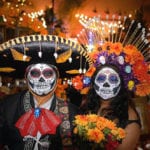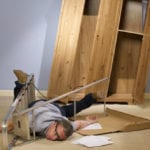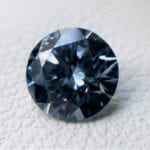 Mysteries
Mysteries  Mysteries
Mysteries  History
History 10 Surprising Stories About the Texas Rangers
 Humans
Humans 10 Philosophers Who Were Driven Mad by Their Own Theories
 Miscellaneous
Miscellaneous 10 Video-Game-Worthy Weapons and Armors from History
 Weird Stuff
Weird Stuff 10 Psychics Who Accurately Predicted Wartime Events
 The Arts
The Arts 10 Pieces of Art Inspired by a Broken Heart
 Health
Health 10 Science Fiction-Sounding New Medical Treatments
 History
History 10 Surprising Facts About the Father of Submarine Warfare
 Space
Space Ten Astonishing New Insights into Alien Worlds
 Weird Stuff
Weird Stuff 10 Bizarre Summer Solstice Rituals Still Practiced Today
 Mysteries
Mysteries Top 10 Haunting Facts About the Ghost Ship MV Alta
 History
History 10 Surprising Stories About the Texas Rangers
 Humans
Humans 10 Philosophers Who Were Driven Mad by Their Own Theories
Who's Behind Listverse?

Jamie Frater
Head Editor
Jamie founded Listverse due to an insatiable desire to share fascinating, obscure, and bizarre facts. He has been a guest speaker on numerous national radio and television stations and is a five time published author.
More About Us Miscellaneous
Miscellaneous 10 Video-Game-Worthy Weapons and Armors from History
 Weird Stuff
Weird Stuff 10 Psychics Who Accurately Predicted Wartime Events
 The Arts
The Arts 10 Pieces of Art Inspired by a Broken Heart
 Health
Health 10 Science Fiction-Sounding New Medical Treatments
 History
History 10 Surprising Facts About the Father of Submarine Warfare
 Space
Space Ten Astonishing New Insights into Alien Worlds
 Weird Stuff
Weird Stuff 10 Bizarre Summer Solstice Rituals Still Practiced Today
10 Fascinating Parts Of The Day From Around The World
Across cultures and throughout history, many specific features of the day have obtained significant importance. We carve out certain hours of our day to provide us with satisfaction, entertainment, or general peace of mind. Sometimes, we base our entire day on certain groups of hours. Even exact times appearing on the clock developed value to many. Some of these aspects of our day originated centuries ago, and some are much more recent. This list takes a look at ten of the most impactful.
SEE ALSO: 10 Bizarre Calendar Fixes That Made Us Add Or Skip Dates
10 Spanish Siesta
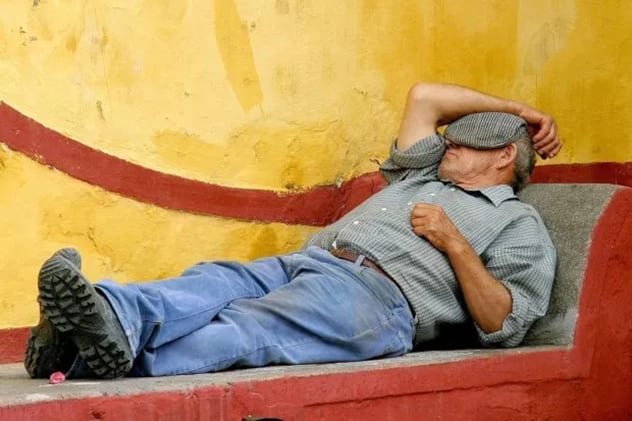
The Spanish Siesta found its way into the popular lexicon. Unfortunately, it is sometimes used derogatorily to imply laziness, when in fact, that could not be further from the truth.
The term “siesta” comes from the Latin for “sexta,” meaning “sixth hour.” Romans began their day at dawn, and used the sixth hour of the day for eating and resting. From there, the tradition for midday rest eventually crossed into other cultures, most notably that of the Spanish. Their siestas came about after the Spanish Civil War (1936-1939). Most people worked two jobs, thus splitting their work day into two parts: 9:00 a.m. to 2:00 p.m. and 4:00 to 8:00 p.m. This gave many the opportunity to have a nice rest if they so desired.
In today’s Spain, close to 60% of working age people have never taken a siesta. Yet, today’s Spaniards average only around 7 hours of sleep a night, a full hour below the recommended 8. It seems it is not just Americans that do not get enough sleep. We cannot all be like George Costanza and take a nap under our desk; we rely on coffee and energy drinks.
Spaniards are one the last European countries to turn in for the night. Midnight is the average bedtime in Spain, over an hour later than neighboring France. Vice President of the Spanish Society for Sleep Juan Jose Ortega believes there is still a place for the siesta in Spanish society. With the knowledge that his people are sleeping over an hour less than their grandparents, Ortega thinks “A brief siesta helps us to alleviate stress, strengthens the immune system and improves performance.”[1]
9 Happy Hour

Everyone wants and deserves to be happy, even if it is only for about an hour a day. “Happy Hour” refers to the time of day, usually for more than an hour, when bars and restaurants offer discounts on certain foods and drinks. Show up after work, relax with colleagues, and enjoy half-off jalapeño poppers and beers. What a great way to end the work day. There is no clear reason how the term “Happy Hour” came to be used as it is today. But, we can piece together the history of the words involved and try to trace a path.
“Happy” comes from the Middle English hap which in turn is derived from the Old Norse happ meaning “good luck. “Hour” is from the Latin hora, which denotes 1/24 of a day, or one canonical hour. By the 19th century, “happy hour” was often used to refer to organized entertainment. It is possible that at some point, establishments appropriated that use of the term for the advertisement of their discounted offerings. Around World War I, the U.S. Navy used the term to let sailors know when they were allowed to participate in recreational activities. Sailors may have brought the term home with them and it further worked its way into popular culture.[2]
8 Brahma Muhurta
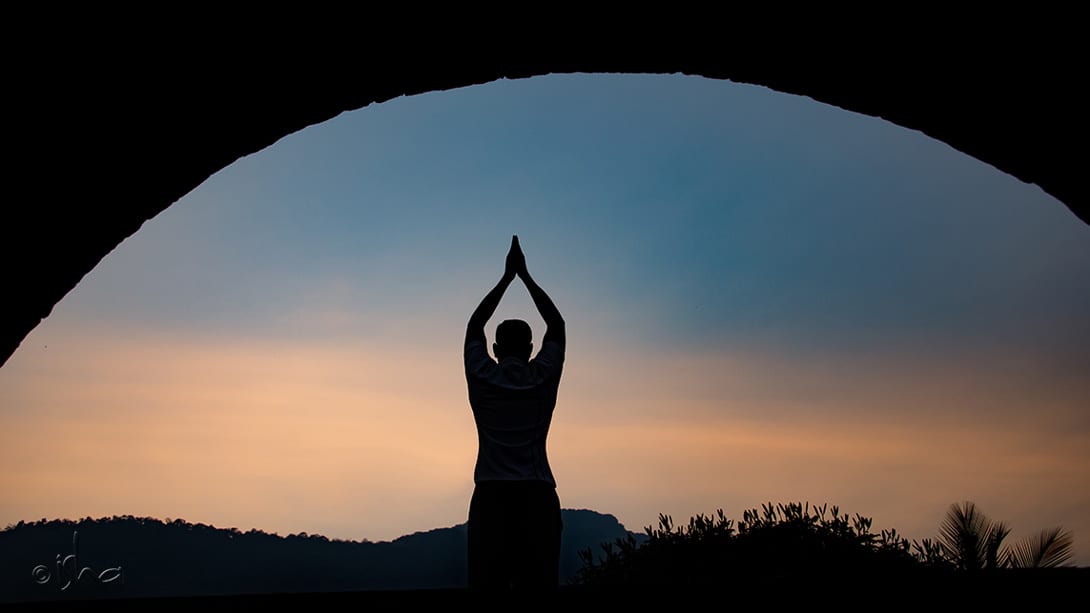
In the Hindu religion, the last quarter of the night is the most important part of the day. This is approximately the 90 minutes prior to sunrise. Brahma Muhurta is time for the self, the only time of the day when one is fresh and aware. On this side of the world, many of us do not want to even look at the clock at this time of day, let alone get up and be active.
During Brahma Muhurta, it is believed the body benefits from such things as a boost to the immune system, increased energy levels, and relief of pain and soreness. To make this time the most advantageous, there are five recommended points of focus: meditation, reading, planning, introspect, and memory. Eating and engaging in a mentally stressful activity are not recommended.[3]
7 Afternoon Tea
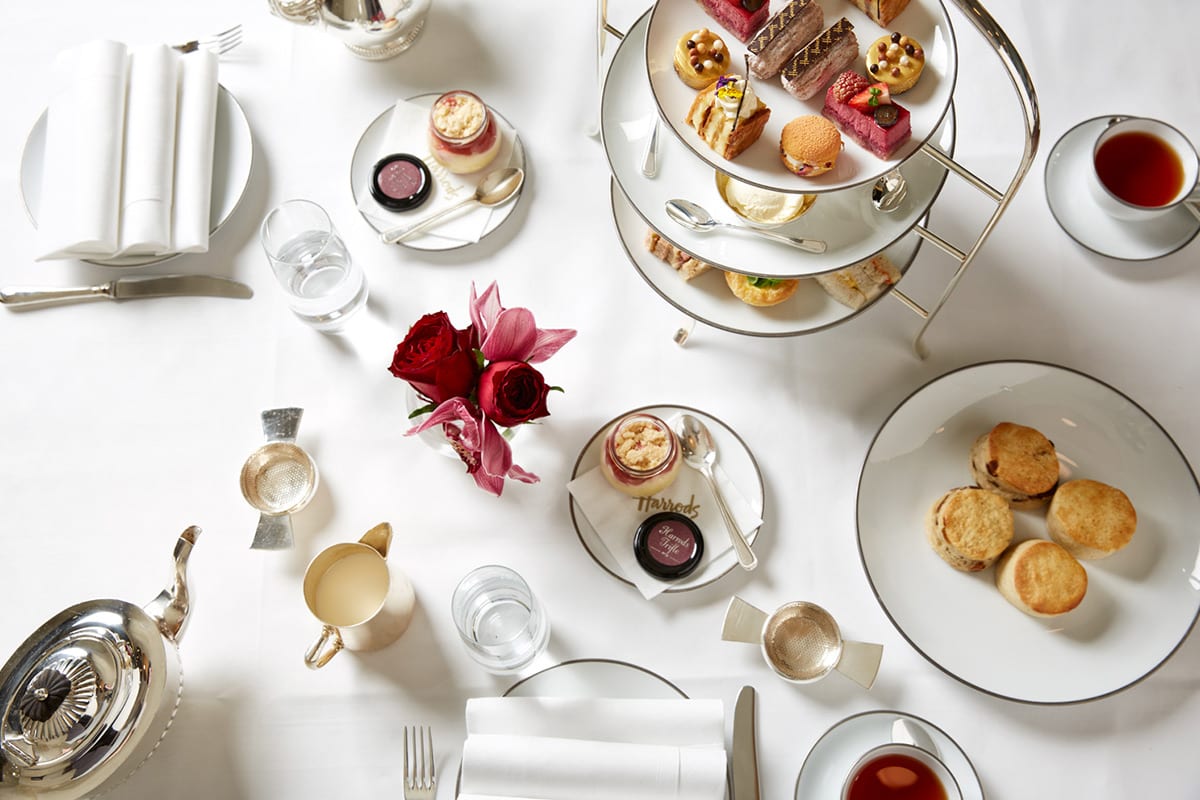
Despite what we might think, the English have not been tea drinkers for very long. The custom of drinking tea dates back to China circa the third millennium BC. Fast forward to the late 17th century and the reign of King Charles II. His new wife Catherine de Braganza came from Portugal, a tea drinking country. Catherine naturally brought some with her when she became England’s new Queen. Until this time, tea was mostly used medicinally in England, and was quite costly due taxation on importation. The aristocracy began to follow Catherine’s custom, but it would take a while yet before the general population became tea drinkers.
By the mid-1840s, dinner in England had moved to very late in the day. The Duchess of Bedford, Anna Russell, experienced hunger pangs around mid-afternoon and asked that a pot of tea and some light food items be brought to her chambers. Soon after, she began inviting friends to accompany her. Due to her friendship with and lady-in-waiting to Queen Victoria, Anna’s custom was adopted by the rest of the elites. More tea was imported and it became easier to purchase. The rest of England began to enjoy these get-togethers. People began sending announcements to friends and relatives stating the hour and day of the week in which they could all gather for tea and snacks.[4]
6 Japanese Temporal Time
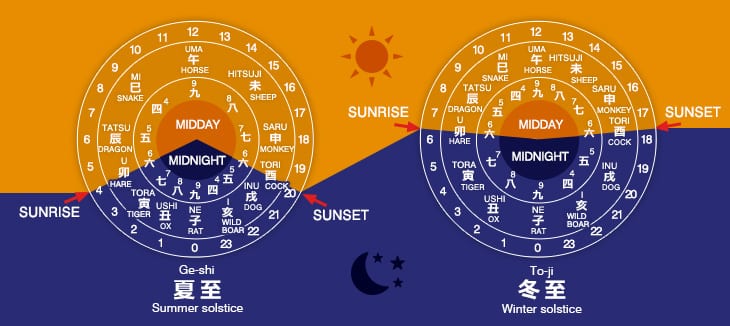
Japanese Temporal Time used animals to indicate each two hour block. This system came to Japan from China. Buddha’s observation of the animals under the Bho tree during his twelve years of meditation led to the order in which the animals are arranged. Each sign of the Zodiac corresponds to approximately two hours of the day.
These are the animals and the division of the day they each occupy:
The Rat: 11:00 p.m. to 1:00 a.m.
The Ox/Cow: 1:00 to 3:00 a.m.
The Tiger: 3:00 to 5:00 a.m.
The Rabbit: 5:00 to 7:00 a.m.
The Dragon: 7:00 to 9:00 a.m.
The Snake: 9:00 to 11:00 a.m.
The Horse: 11:00 a.m. to 1:00 p.m.
The Sheep: 1:00 to 3:00 p.m.
The Monkey: 3:00 to 5:00 p.m.
The Rooster/Chicken: 5:00 to 7:00 p.m.
The Dog: 7:00 to 9:00 p.m.
The Pig: 9:00 to 11:00 p.m.
For almost 1000 years, water clocks were the norm in Japan. During the Edo Period (1603-1868), Japan began using Western clock-making techniques to manufacture devices to keep better track of their unique time system. Some clocks, like lantern clocks, were driven by a plumb bob. Others like the paper weight and the carriage clock were driven by a spring. Soon after the end of the Edo Period, these types of clocks began disappearing as Japan gradually phased out the use of the temporal time system.[5]
5 Graveyard Shift
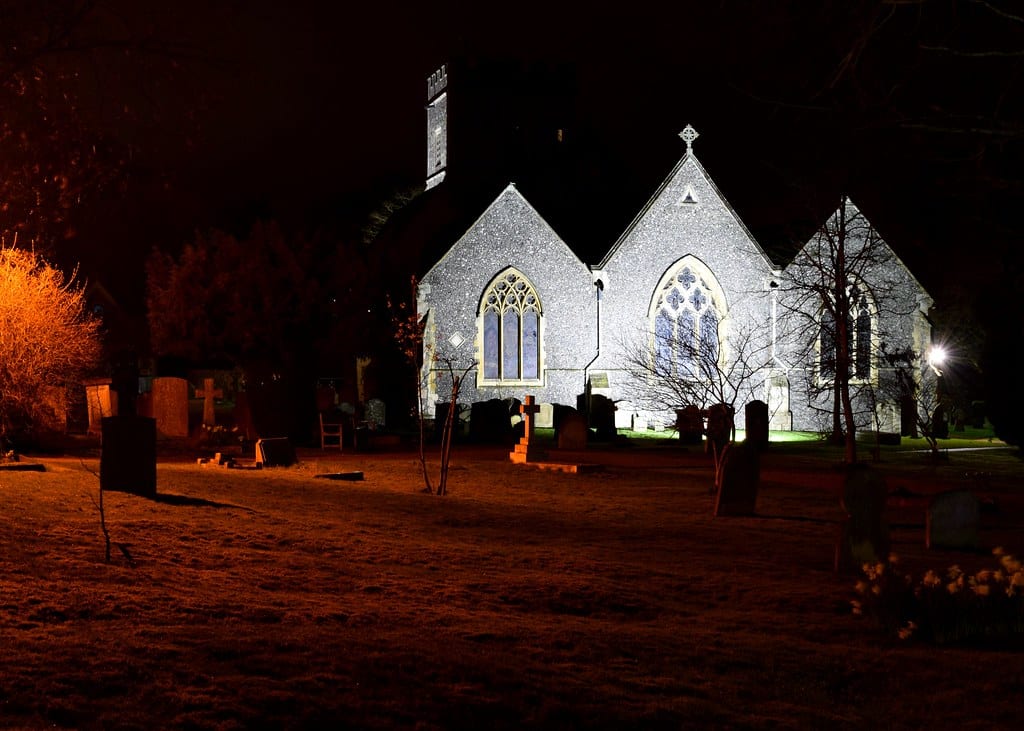
Whether we have worked a “graveyard shift” or not, we all know that it means working late into the night, usually into the next morning. A lot of places are open 24 hours and need staff at all times of the day. Some people’s jobs require them to work during according to the time standards of other countries, so they need to be wide awake when the rest of us are sleeping. But from where did the term actually originate?
First off, there is no evidence pointing to the phrase having anything to do with cemeteries. Some believed it came from people having to sit in a graveyard all night to listen for the ringing of bells connected to special coffins. There are conflicting reports as to exactly where and when it was first coined. There is evidence it was first seen the New Albany Evening Tribune in May 1895 which featured a story about the dismal nature of being on the graveyard shift while working in a mine. It may have originated in the Salt Lake Tribune in June 1897 in which it described policeman working the graveyard shift. In any case, if you are working the graveyard shift, it is likely you will be unfortunately working through the next time of day on our list.[6]
4The Witching Hour
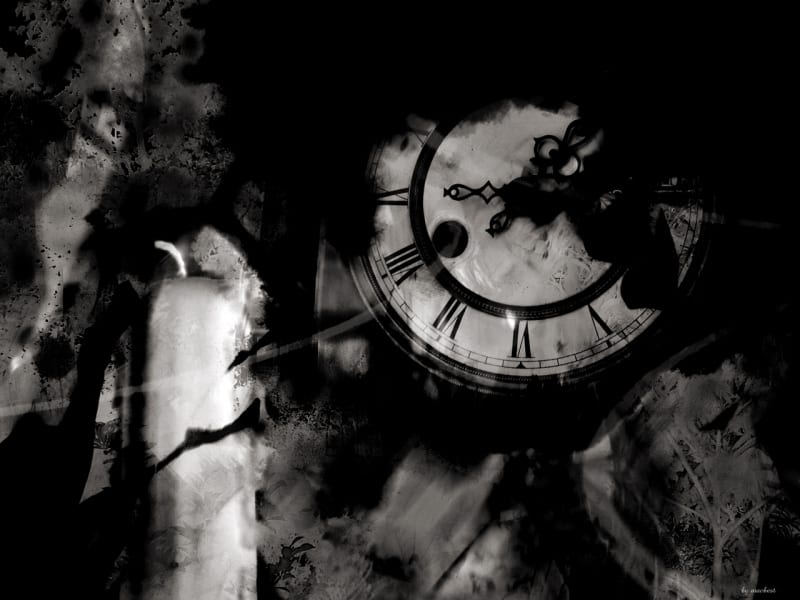
Those who have seen the film Paranormal Activity know that most of the bumps in the night in that film happen around 3:00 a.m. Purportedly, this is the start of the witching hour. However, evidence varies on the actual time, and on the era in which the term was conceived. Facts themselves are tough to substantiate with reputable sources, so take this knowledge with a grain of salt. Throw it over the shoulder if need be.
The phrase might stretch either to 1535, or to Pope Pius IV in 1560. In either case, the church soon began to forbid people (specifically women), from any activities between the hours of 3:00 and 4:00 a.m. Not long after, people known to be up at those hours were deemed to be possible witches. The paranoia spread and eventually made its way onto our shores in the form of the Salem Witch Trials.
Even Shakespeare himself is sometimes credited with coining the term in Hamlet referring to the witching hour beginning at midnight. Today, many still believe it does start around 3, but no longer due to anything to do with actual (or suspected) witches. Around 3:00 in the morning is the time when most people enter the deepest phase of sleep. All of the body’s functions slow way down, thus waking up at this time often brings on a state of confusion, and sometimes panic. If I wake up convinced someone is in the corner of my room, I tend not to check the time. Why get freaked out even further?[7]
3 10:10

Do people still buy watches these days? Sadly, so many of us rely on our cellphones to give us the time rather than a cool watch on our wrist. One way watchmakers have always tried to show off their wares is by setting their watches and analog clocks to a specific time. The popular time of late is 10:10. Of the 100 top selling watches on Amazon in 2009, 97 were set to 10:10.
It turns out that aesthetics are the main reason manufacturers set their watches to read 10:10. By setting the hands to the 10 and 2, the logo is ideally framed. The 10:10 position is also symmetrical, pleasing the brain’s desire for things to be in proportion and order. For photographs, Rolex sets their watches to 10:10:31, whereas Timex sets every watch, including digitals, to 10:09:36.
Dating back to the 1920s and 1930s, watches were almost exclusively set at 8:20. Watchmakers began to realize that hands set to 8 and 4 resembled a frown, and that a smile at 10 and 2 would be much more appealing. The feeling buyers get from seeing a “smiling” watch is part of the subconscious clues advertisers use in print ads. “In advertising, we would never expect someone to look at a watch and say, ‘The watch is smiling,’” says Linda Kaplan Thaler, chief executive of the New York advertising agency Kaplan Thaler Group. “(I)t’s just a feeling you get.”[8]
2 11:11
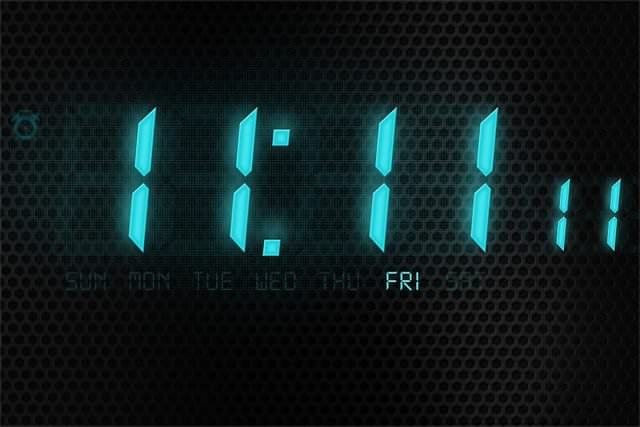
At some point during our lives, we have all seen 11:11 on a digital clock and noticed its uniqueness. What draws us to pay attention to this time on the clock as opposed to other random times?
There is no other time on the clock with quite the allure or symmetry of 11:11. It is pleasing to our eyes to see such uniformity; the sight stays with us longer than other glances at the clock. Maybe it is the result of Baader-Meinhof syndrome. It tells us that there are actually two psychological processes going on. Selective attention occurs when we perceive something new, and when we look for it thereafter, it seems to keep popping up.
Confirmation bias tells us that each time we see it, we further cement its importance. Some of us may even remember who originally told us that it is good luck to make four wishes when 11:11 is on the clock. It seems some people apply so much significance to something like the numbers on a clock, that they believe its possible association with wish-making to be true. [9]
1 Earth Hour
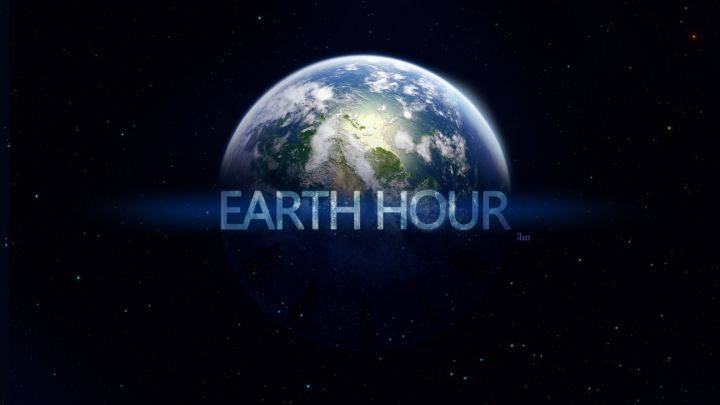
In 2007, Sydney, Australia, inspired by the WWF (World Wildlife Foundation), decided to have a “lights out event.” This is considered the first Earth Hour. As of 2019, more than 185 countries take part in Earth Hour.
Once a year, around the end of March (near the Spring/Autumn equinoxes depending on your hemisphere), people are asked to turn off all non-essential lights. WWF hopes this will motivate think bigger and take action regarding climate change, and a broader commitment to our planet. Perhaps, Earth Hour will eventually become known as the time when the most number of people in the world feel connected to each other at once.[10]
For more interesting date related lists, have a read of 10 Upcoming Doomsdays To Mark On Your Calendar and 10 Bizarre Calendars From History.
About The Author: Hello everyone on the internet! A little about me: I have two degrees in film: my B.A. from UC Berkeley, and my M.F.A. from Academy of Art University. I worked for a little while in the production office on several films including Bee Season, and Milk. I transitioned to TV and spent a few years in the “bullpen” working on live games for Pac-12 Networks. Lately, I’ve found that writing is what really does it for me. I’ve been writing film reviews for almost five years for the Concord/Clayton Pioneer. Very recently I’ve decided to branch out into comic books and online writing. I have also been a swim coach for twenty years.



